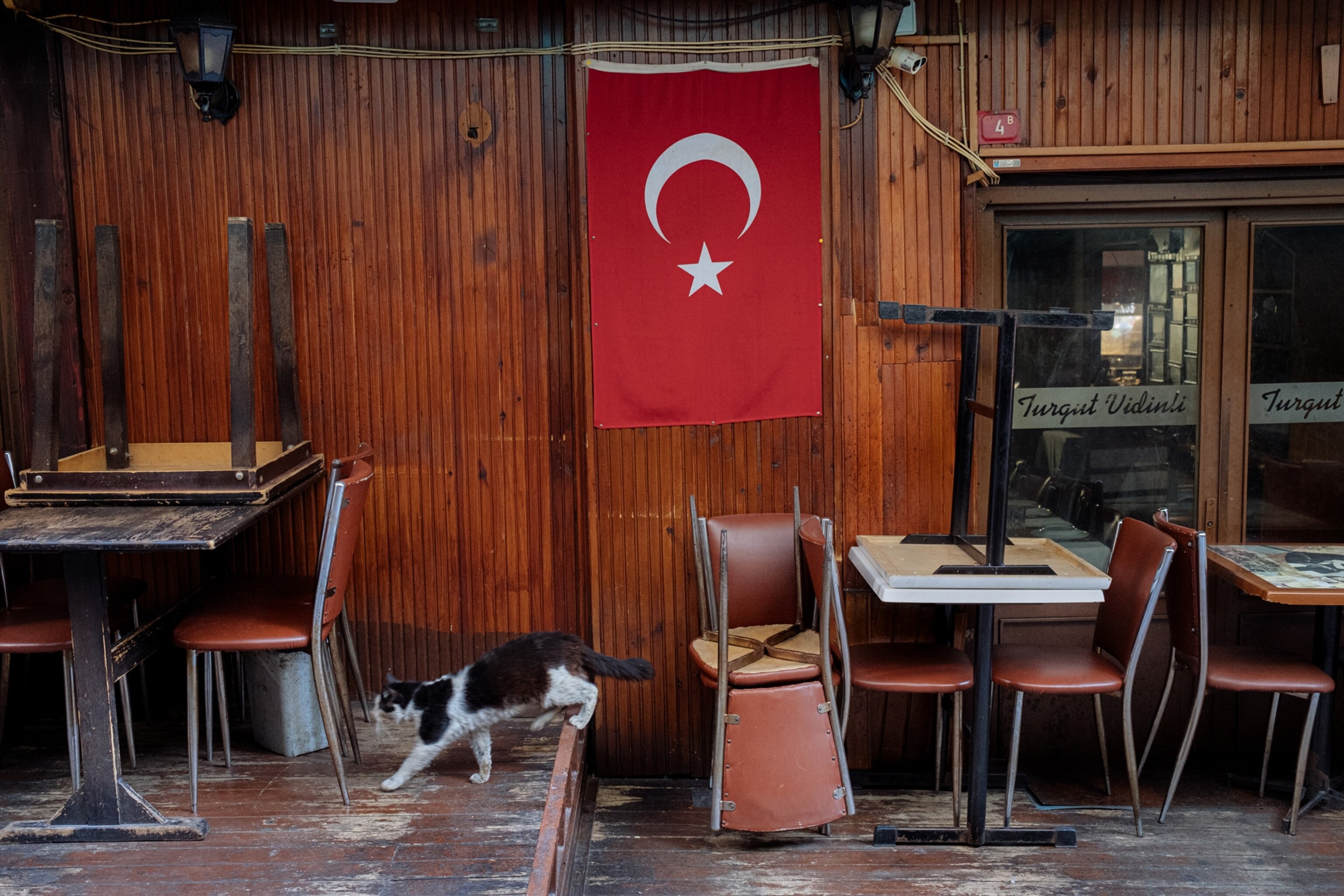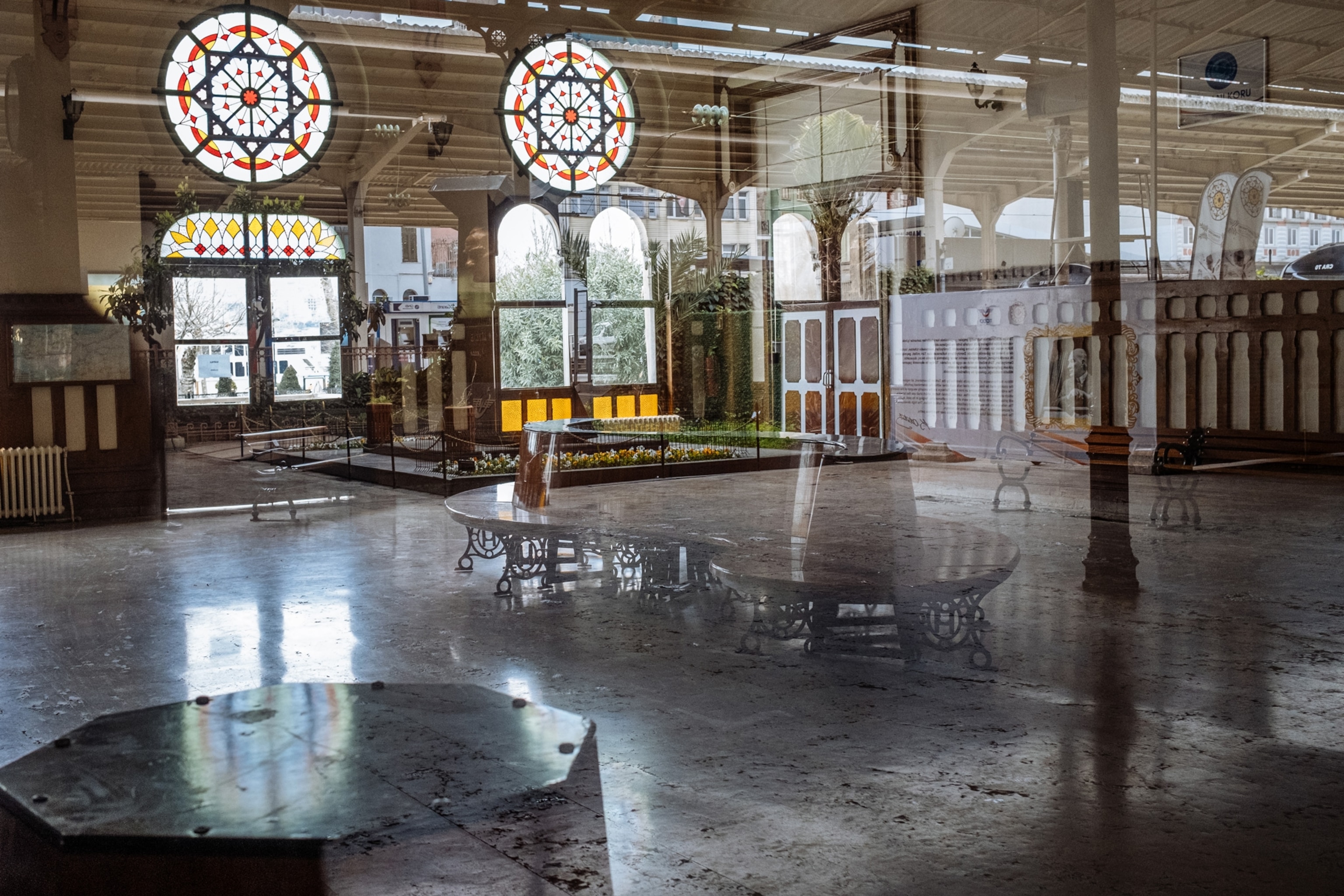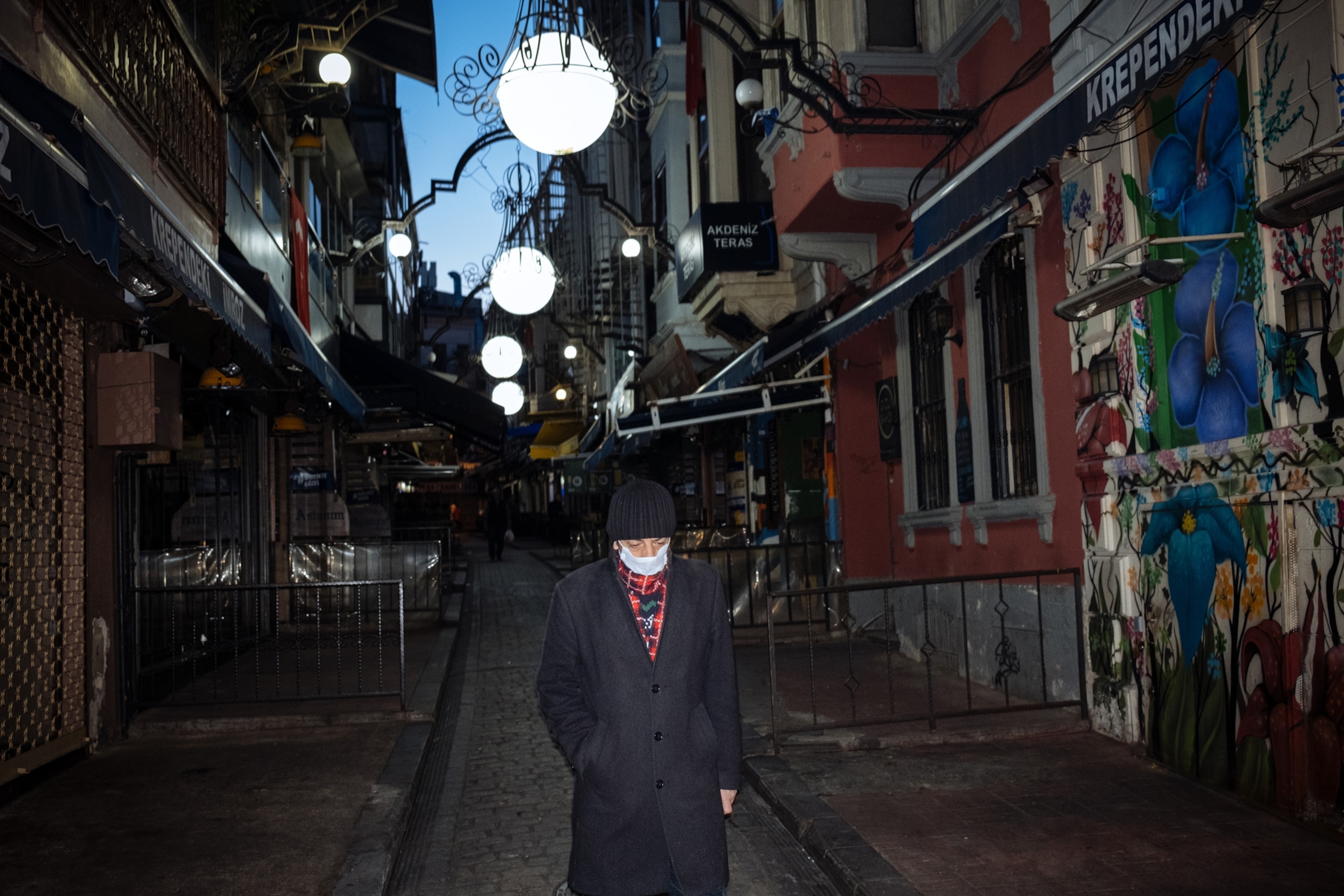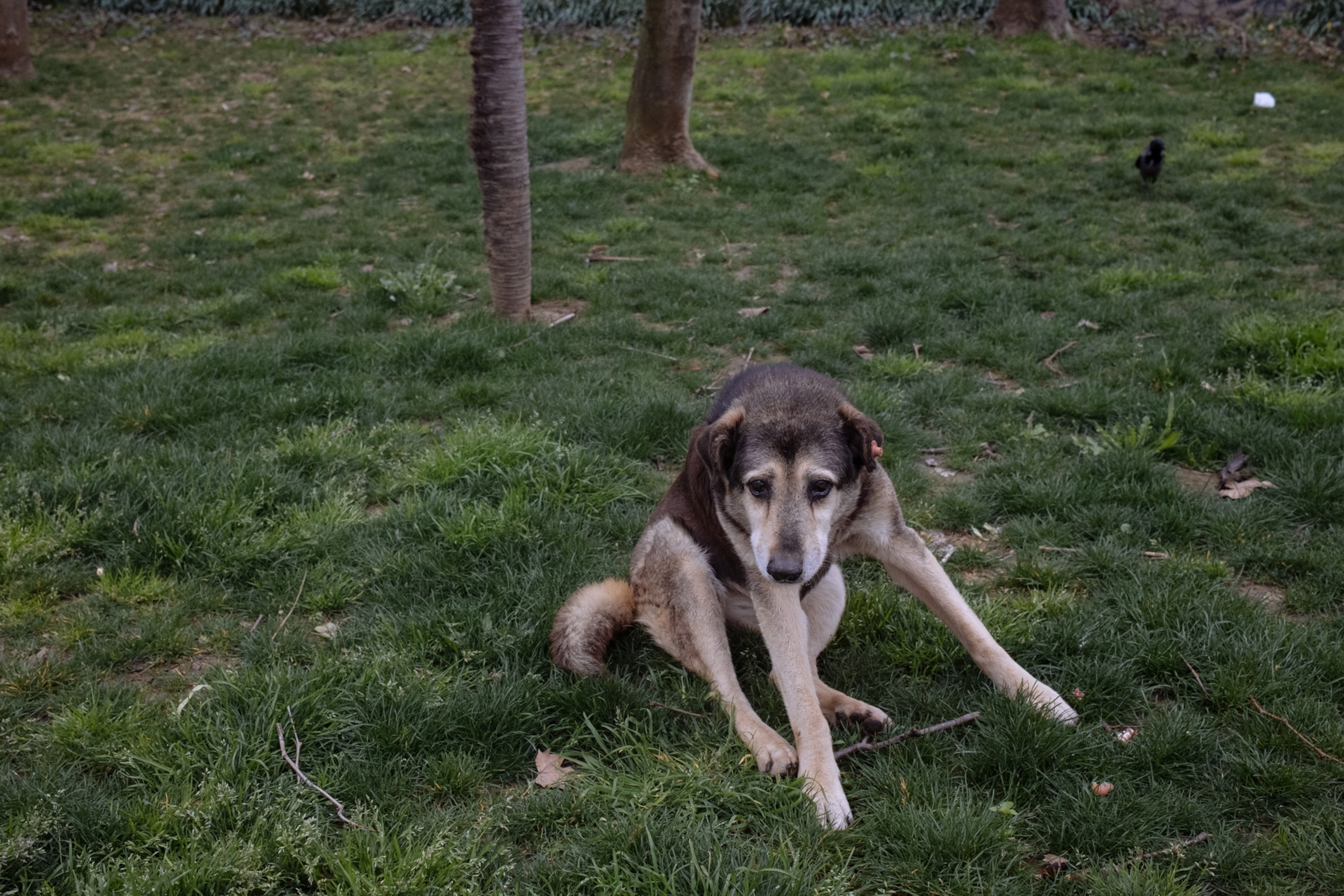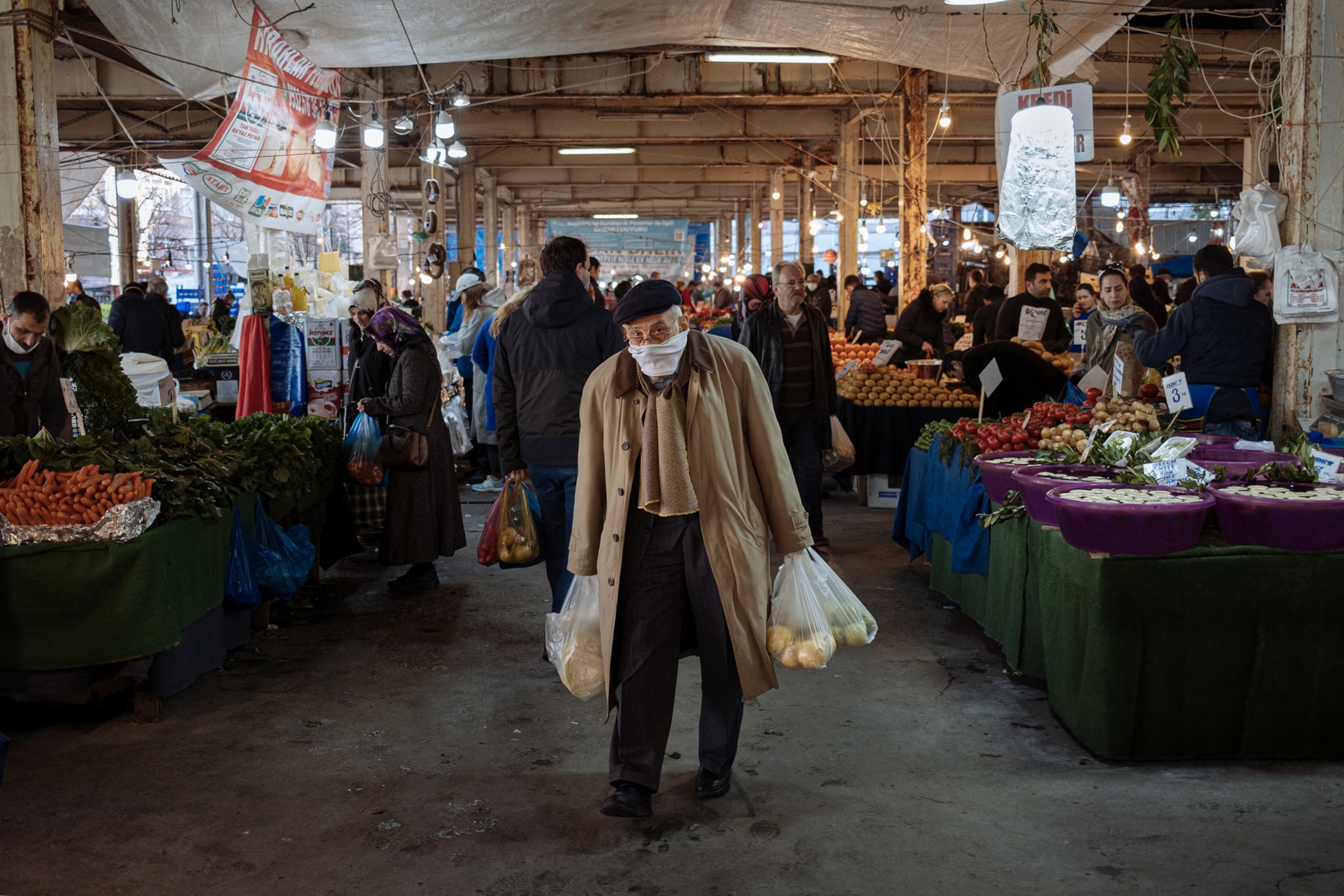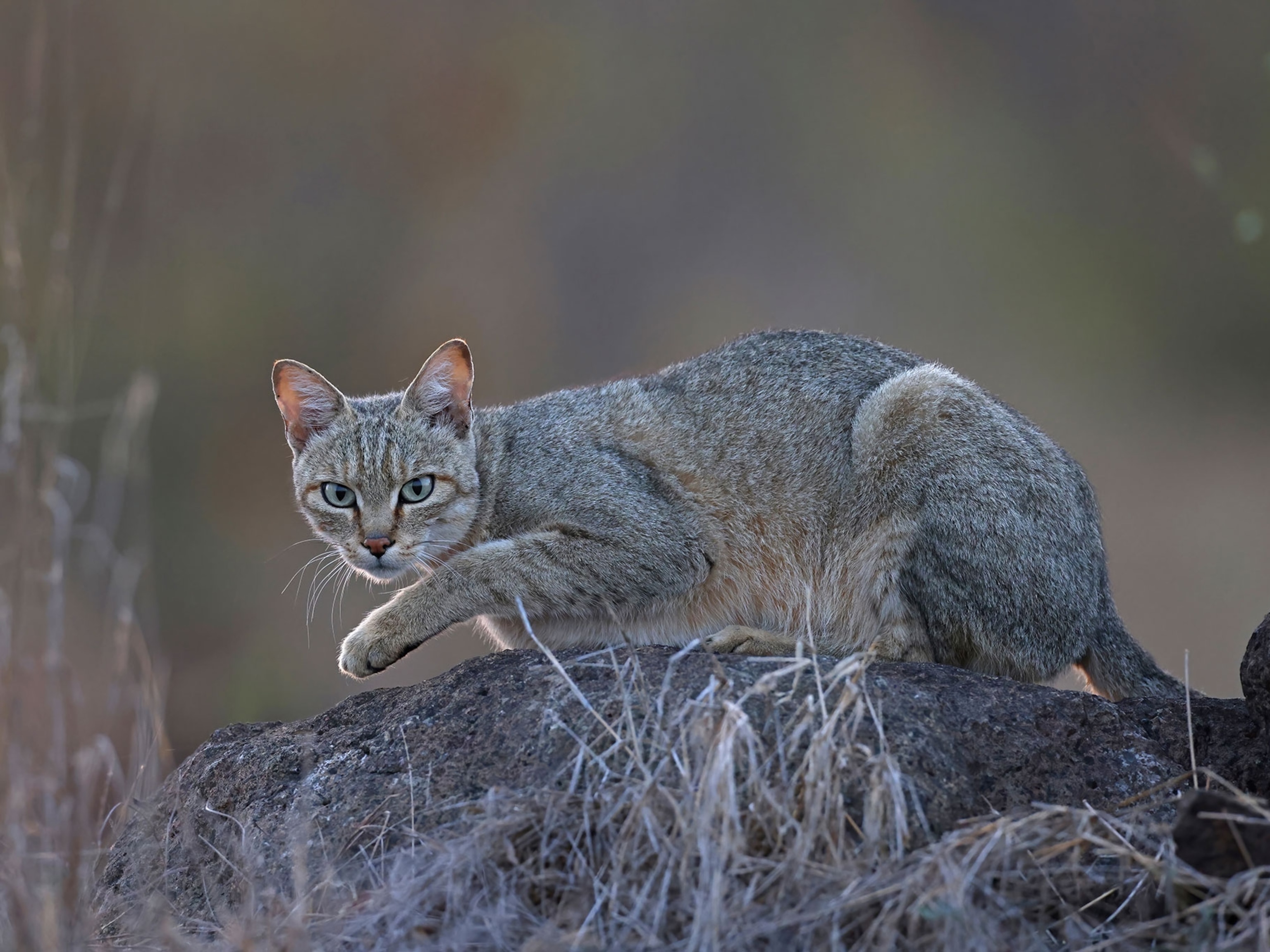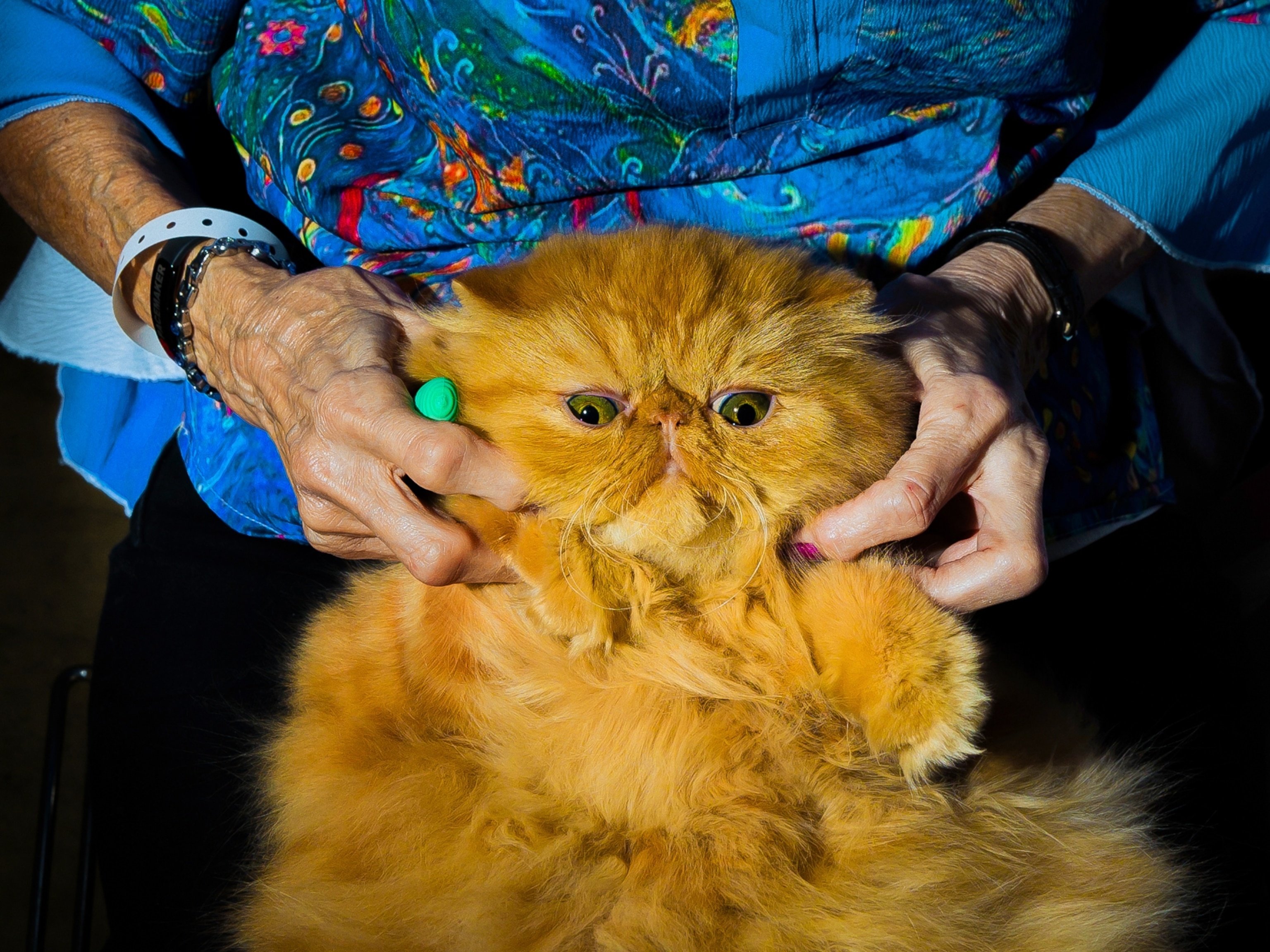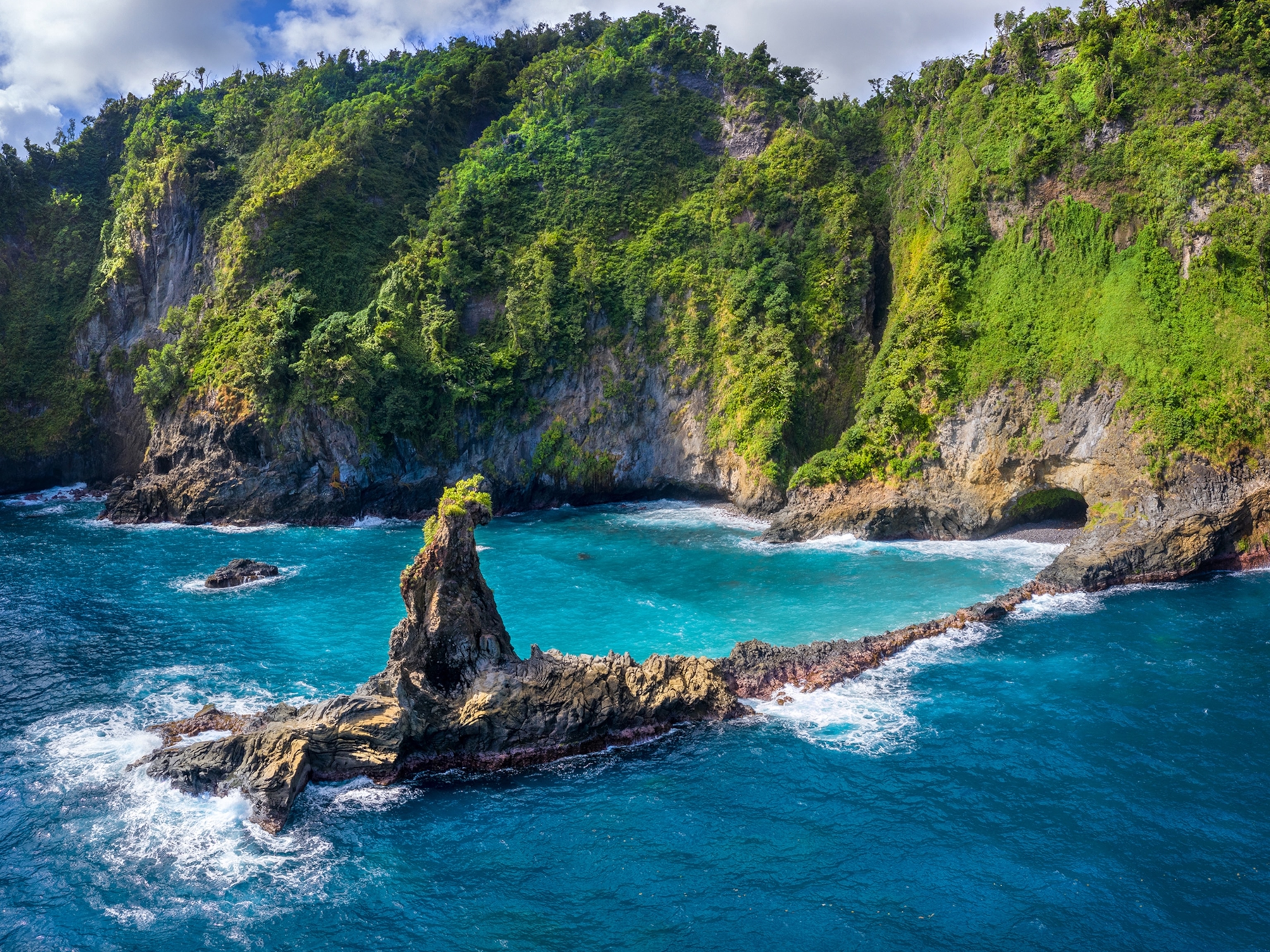
‘Ghostly and melancholic’: Bustling Istanbul is muted by quarantine
Normally buzzing with activity, Turkey’s timeless city is now a harbor of resilience.
The Bosporus, the narrow strait running through the heart of Istanbul, flows at the intersection of Europe and Asia. It’s both a watery highway and a metaphor, uniting social life in this city of 15 million people. On a typical spring day, Istanbullus— from sweatshirt-wearing students to grandmothers in headscarves—pack the city’s waterside parks, sunning themselves to a soundtrack of seabirds. At rush hour, a cacophony of car horns resonates from the sahil yolu (seaside road).
But in 2020, life along the Bosporus looks radically different. COVID-19 has crept into Turkey, bringing more than 110,000 cases and 2,900-plus deaths, a large percentage of them in Istanbul. The city, which has seen the Roman, Byzantine, and Ottoman empires rise and fall over its 2,500-year history, has been temporarily conquered by a new force.
“Normally you’d see thousands of people enjoying the fresh fishes cooked on the small boats and restaurants along Eminonu Bridge, and hundreds of fishermen on the banks of the Bosporus,” says photographer Emin Özmen, who lives and works in Istanbul.
Yes, flowering erguvan trees, a city symbol since Byzantium, still flaunt neon purple blooms in the parks and ezans (calls to prayer) warble from a skyline of minarets. But the coronavirus pandemic has shuttered waterfront restaurants, sidelined the serbet vendors who normally swarm outside the Blue Mosque selling their spicy, icy fruit juice, and turned vapurs (ferries) into near-empty ghost ships.

The pandemic challenges the solace and solidarity the Bosporus represents to residents. “Life can’t be all that bad, I’d think from time to time,” writes Turkish novelist (and Nobel Prize winner) Orhan Pamuk in his memoir Istanbul: Memories and the City. “Whatever happens, I can always take a walk on the Bosporus.” Only now it’s not so easy.
A quiet Ramadan
The pandemic has muted how the city marks Ramadan, the Muslim month of fasting and praying which began the evening of April 23. Communal prayers are canceled, though mosques remain open for solo worship. “I still prefer going to the mosque to pray, but without the community, it all means very little,” says Halil Coşkun, who runs a dried fruit shop in Kurtuluş, a central neighborhood near Taksim Square, the center of modern Istanbul. Iftars, the lively communal dinners that break daytime Ramadan fasts, will be more subdued. They’ll take place at home among families, not in the traditional Istanbul way—at public parks full of street food, markets, and shadow-puppet shows.
- National Geographic Expeditions
Related: Virtually step inside the Blue Mosque with a noted explorer.
Coronaviris has also quieted tourism. Last year, Turkey’s largest city drew a record 15 million visitors, lured by buzzing street life, colorful crafts and spice markets, and UNESCO World Heritage Sites including the Byzantine church-turned-mosque-museum the Hagia Sofia and the tile- and jewel-stuffed Topkapi Palace, where Ottoman sultans kept their harems until the 19th century.
But tourism staggered to a halt between March 10 (when Turkey’s first COVID-19 case was declared) and March 24, when the government closed Istanbul’s major museums, bazaars, and mosques. “I knew business would be affected by the pandemic, but closing the hotel just one week after the first canceled bookings didn’t even cross my mind,” says Yenal Toprak, owner of the Hotel Darüssaade near the Blue Mosque, who temporarily shut his business due to the coronavirus. For now, all travel to and from the city—and within Turkey’s 30 other provinces—is banned until at least May 4. “Normally the tourism season in Istanbul is from April to November,” Toprak says. “But this year is completely lost.”
An enduring spirit
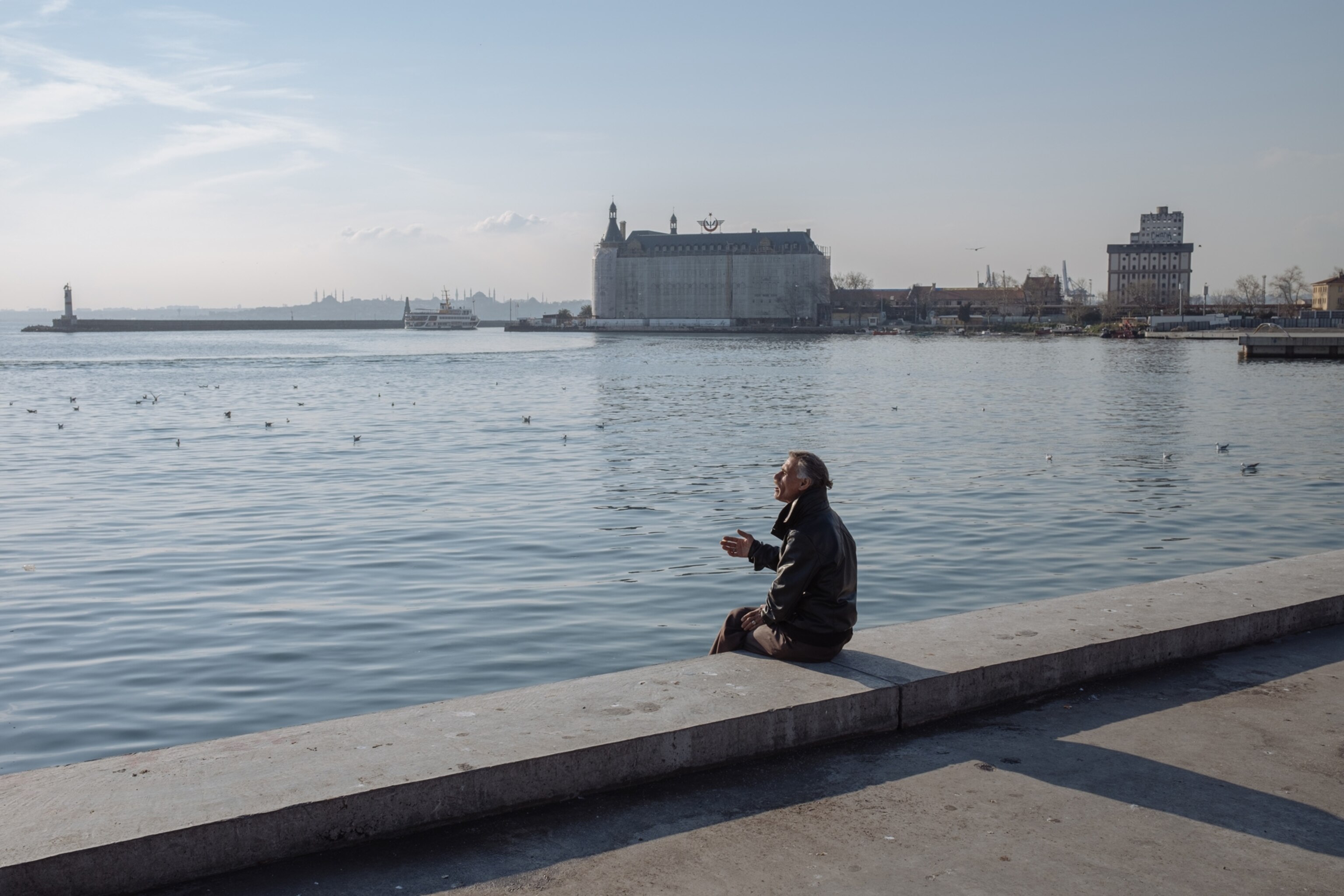
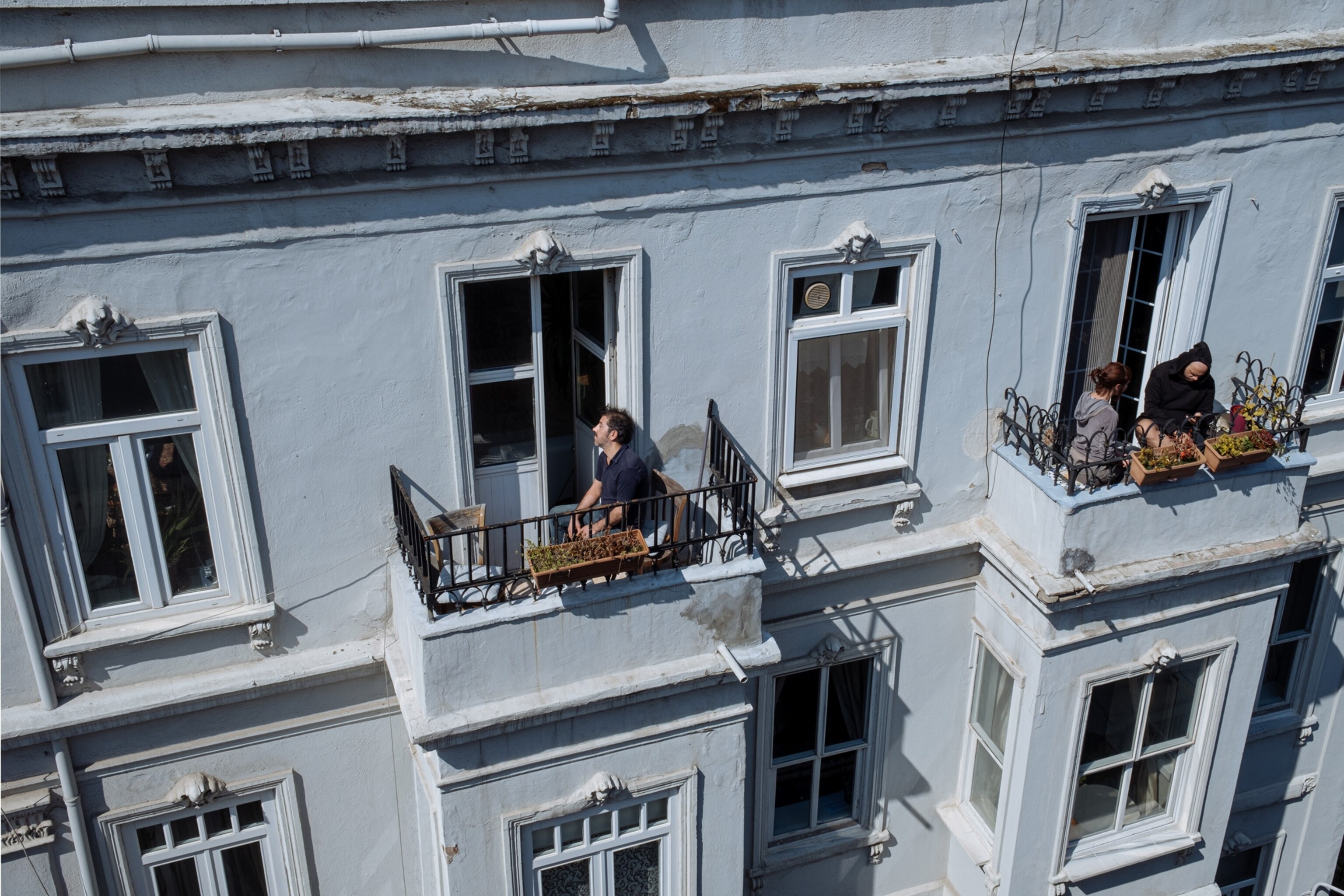
“Istanbul is known as a party,” says Özmen, who describes “people drinking their tea noisily outside, street vendors, ever-full cafe terraces and restaurants, and many walkers and tourists.”
But now, the old city’s Sultanahmet Square, which holds the Hagia Sophia and the Blue Mosque, is empty save for a handful of photo-snapping locals. Most souvenir and carpet stores are dark; the few remaining shopkeepers sit in front of their businesses, their thin, white masks lifted only for an occasional sip of tea or a smoke.
To the west in the Eminonu neighborhood, the 15th-century Grand Bazaar, home to 2,500 carpet dealers, slipper sellers, and antiques hawkers, temporarily closed March 24. Its multi-year, $19 million restoration will be further delayed, and locals gossip that spiking gold prices are due to the shuttering of the bazaar’s metals markets.
There is no doubt that Istanbul is at a low point, but it’s a city that has always risen after earthquakes, terrorist attacks, and—back in its 13th-century Constantinople days—getting sacked by crusaders. Like its residents, Istanbul is a survivor.
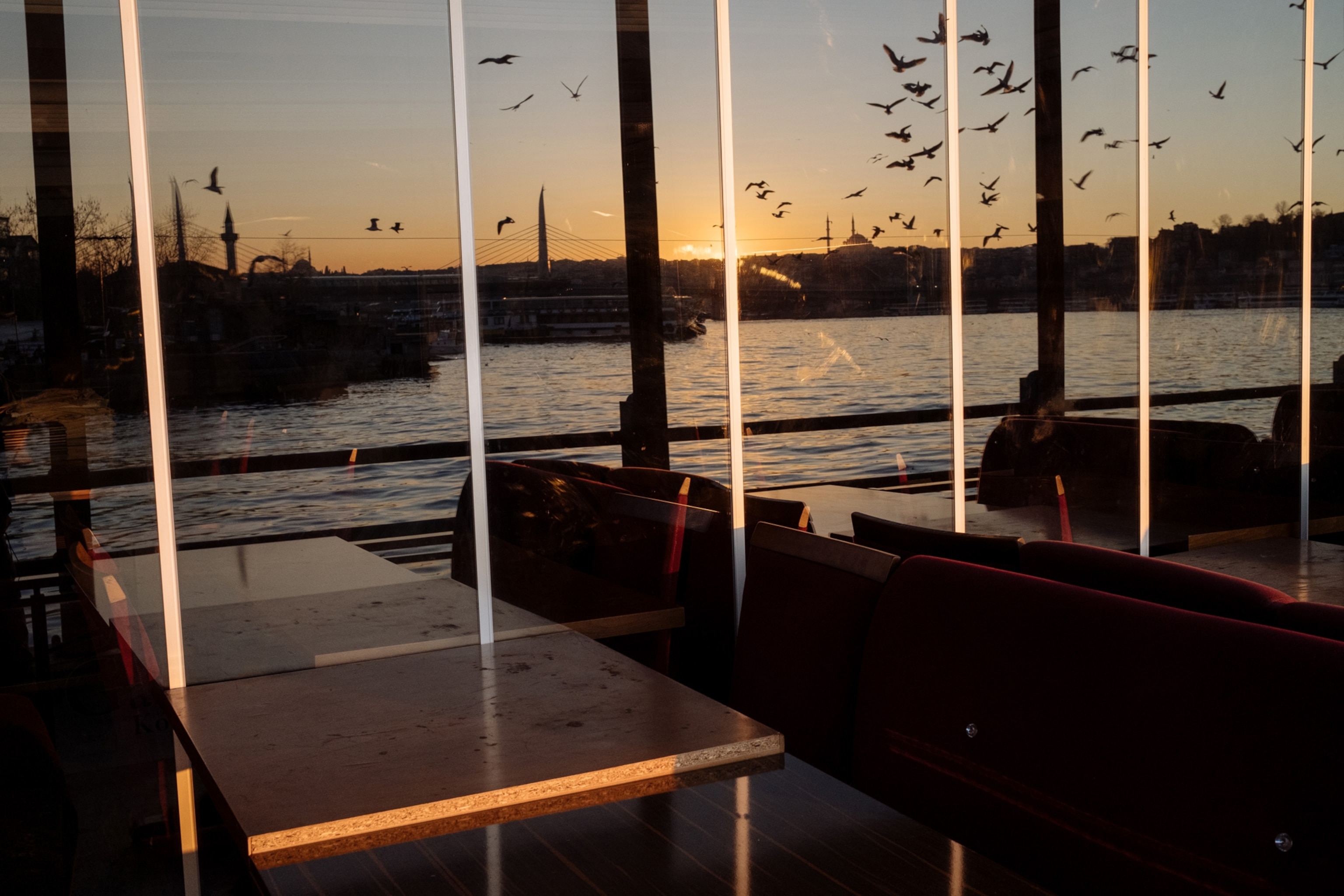
“The city marks all the people who pass through it, who visit it, who live there. Istanbul casts a spell,” says Özmen. “Since COVID-19, all this has almost disappeared. But the city remains magnificent, beautifully ghostly, and melancholic.”
The Turks have a word for this kind of melancholy that blends sadness and hope: hüzün. Novelist Pamuk describes it as “a state of mind that is ultimately as life-affirming as it is negating.” Hüzün and resilience intermingle in the city’s streets and slender alleys these days, as locals wearing masks queue up (six feet apart) outside food markets and grocery delivery boys ferry wares up to apartments via an old-fashioned basket-and-rope pulley system. (Residents reach out from windows and balconies to grab purchases, then send payments and tips back down in the baskets.)
Related: Check out how street cats live and from Japan to Morocco.
Although citizens are being urged to #evdekal (stay home), the local tradition of caring for street cats (kedi) remains. Some older residents who habitually left kibble and water outside their flats may have stopped contributing to feasts for the city’s thousands of feral (yet usually friendly) felines. But other people and hazmat-suit wearing city workers have stepped in.
“I always feed the cats, with or without the pandemic,” says Hasan Doğruyiğit, a realtor in Kurtuluş. “I keep their bowl inside my office so the seagulls won’t steal from it. These cats know me, and they come and go as they like. I will keep my door open for them.”

